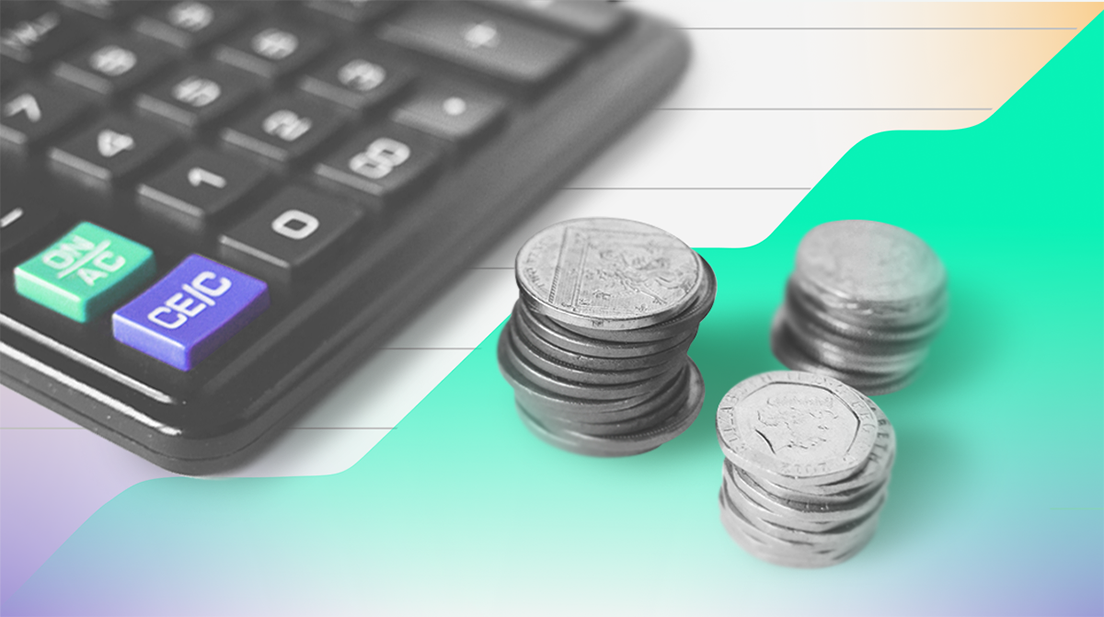Spotify subscription prices vary across every market—from as low as $4.50 in Argentina to as high as $16.94 in the UK. This may seem like quite the price range, but it’s actually a smart business move.
What Spotify does is go beyond just setting prices in local currencies. They use market research and data to optimize pricing for each local market. This strategy ensures prices are appropriate for consumers in that country, which reduces customer friction and increases trust. It also maximizes conversion and revenues for the music streaming service.
The pricing strategy was instrumental in Spotify’s recent expansion, where its quarterly revenue skyrocketed to $2.168 billion in the fourth quarter of 2020 and continues to rise in 2021.
By learning from Spotify’s pricing strategy, SaaS companies can reduce barriers to customer entry and maximize revenues.
What you need to know: Willingness To Pay
"We're finally launching — How do we price our product?" is one of the most difficult questions when launching a SaaS product. Oftentimes, companies build a product before establishing a solid monetization strategy.
Instead of knowing that they'll make money once they launch, as much as 80% of companies leave pricing until the end and keep their fingers (and toes) crossed, hoping that they'll make money.1
The better question to ask is,“Are people willing to pay for my product?” By understanding your customers’ willingness to pay before building and launching your product, you’re already miles ahead of the competition.
Knowing your customers’ Willingness To Pay gives you an edge because pricing isn’t one-size-fits-all. It differs from customer to customer, and differences can be anything from socio-economic backgrounds to risk tolerance and brand loyalty, and can vary wildly from place to place.
If you know how much customers will pay for a certain item or service, you can then find the point in the pricing graph where you maximize conversions and revenue. You won’t charge too much and lose customers, and you won’t charge too little and lose revenue.
Understanding Willingness To Pay
Willingness To Pay is the maximum amount of money a customer is willing and able to pay for a product or service and is tied to a customer’s perceived value. People buy something when they feel they are getting more value out of it than what they paid.
It’s also context-sensitive. Years ago, economist Richard Thaler ran tests that found that people were willing to pay more for beer coming from an upscale hotel versus a grocery store. 2
Or take for example a vendor selling overpriced umbrellas outside train stations during sudden rainstorms. Passengers leaving the station buy them because they’re perceived to be valuable at that moment.
Calculating Willingness To Pay
Willingness To Pay has historically been calculated using the Gabor-Granger method or the Van Westendorp Price Sensitivity Meter. These two methods have been used since the 60s and the 70s, usually by big consulting firms. Multiple online tools are now available to help simplify the process.
Another delicious method is the Big Mac Index. It shows how the price of a Big Mac in country A may differ from the price in country B, measuring the purchasing power parity (PPP) between different countries.
By taking into account purchasing power, you’re able to set and adjust your prices to charge as close to what your potential customers can, and are willing to pay.
By factoring in willingness to pay across each country, price localization can give you a better chance to price optimally for all of your customer segments.
In short, you hit the bullseye, or equilibrium, in your pricing graph: the price point that will deliver the highest possible number of customers and revenue.
Launch your pricing strategy today
When entering a new market, your initial strategy can make or break your brand. Pricing is an important part of your strategy. Without the right price, you risk losing out on customers, or worse, seeing a negative return on your business investments.
Getting pricing right requires careful research, analysis, and decision-making. It can consume a lot of company resources, especially if you hire outside consultants.
So, how do you implement good pricing efficiently? The answer is by partnering with a service that utilizes cutting-edge technology and processes.
At Corrily, we’ve streamlined the process with a suite of pricing technologies. When you partner with us, you’ll be able to run continuous experiments to adapt your prices in real-time.
Our technology has helped clients increase revenue by 50%, which has unlocked second-order effects leading to further company growth.
Footnotes
-
In Monetizing Innovation, authors Madhavan Ramanujam and Georg Tacke ran a survey in 2014 where they found that out of 1,600 companies, 80 percent “wait until just before their product is introduced to the marketplace to determine its price.” ↩
-
Details of Thaler’s experiment can be found in his book Misbehaving: The Making of Behavioural Economics ↩


